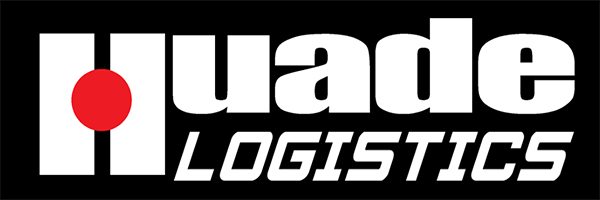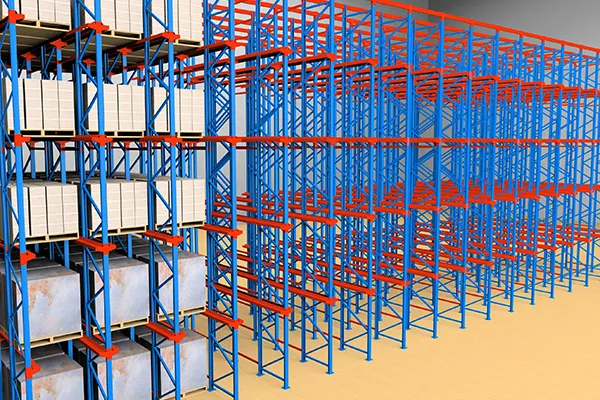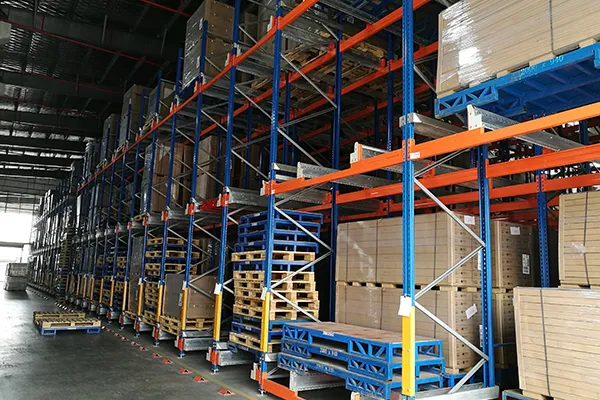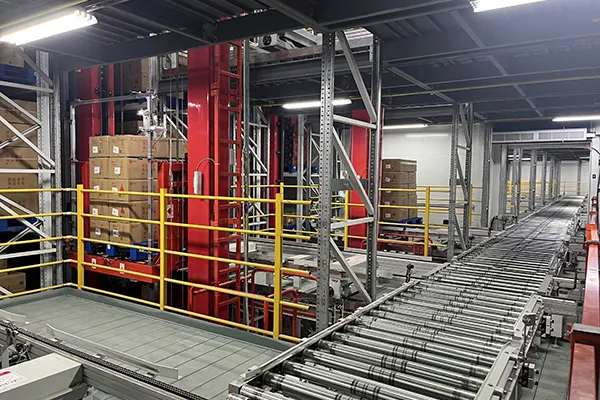Gravity flow racking is an innovative storage system designed to maximize space utilization and streamline inventory management in warehouses and distribution centers. By leveraging the natural force of gravity, this system allows goods to move smoothly from the loading to the unloading end, reducing manual handling and minimizing operational costs. As businesses increasingly prioritize supply chain optimization, gravity flow racking has emerged as a vital tool for enhancing productivity. This article delves into its definition, classifications, functional principles, advantages, applications, and load-bearing capacities, providing a holistic view for industry professionals.
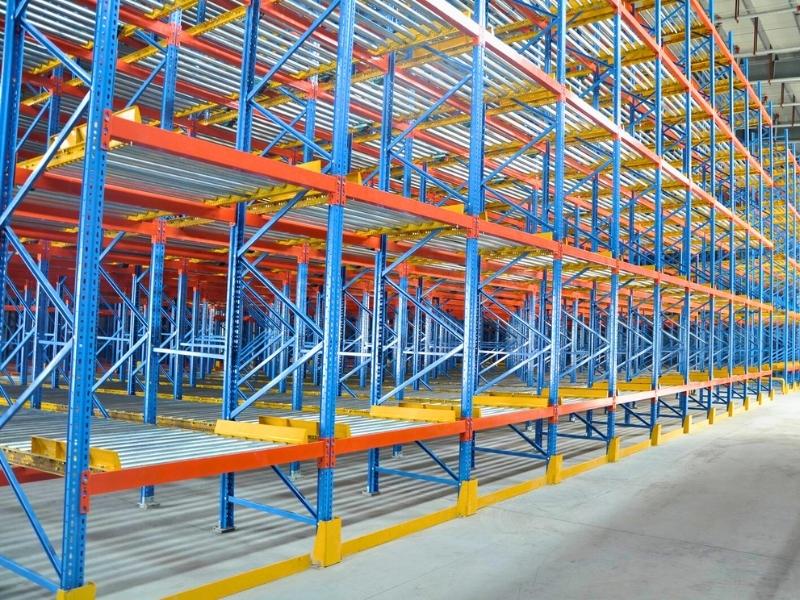
Definition and Basic Concept
Gravity flow racking refers to a pallet or carton storage system where items are loaded at a higher end and gradually slide toward the lower end via inclined rails or wheels, facilitated by gravity. Unlike traditional static shelving, it operates on a first-in, first-out (FIFO) principle, ensuring that older inventory is accessed first. This dynamic approach not only improves inventory rotation but also supports efficient order picking processes. Essentially, it transforms static storage into a fluid, automated flow, making it ideal for high-density environments.
Classifications of Gravity Flow Racking Systems
Gravity flow racking can be categorized based on design and application, each tailored to specific operational needs.
- Pallet Flow Systems: These are designed for heavy-duty items stored on pallets, commonly used in bulk storage facilities. They feature robust rails and braking mechanisms to control the speed of pallet movement, ensuring safety and stability.
- Carton Flow Systems: Ideal for lighter goods in cartons or boxes, these systems incorporate wheels or rollers for smooth transportation. They are often deployed in retail distribution centers for fast-moving consumer goods.
- Push-Back Racking: A variation that allows multiple pallets to be stored in depth, with each pallet pushing the previous one backward during loading. This enhances storage density while maintaining accessibility.
- Dynamic Flow Systems: These integrate with conveyor belts or automated guides for seamless integration into larger logistics networks, suitable for high-throughput operations like e-commerce fulfillment.
Each classification addresses unique challenges, from weight capacity to space constraints, offering flexibility across industries.
Functional Principles and How It Works
The core principle of gravity flow racking revolves around gravity-assisted movement. The system consists of inclined racks or channels equipped with rollers or wheels. When items are loaded at the elevated end, gravity pulls them downward toward the unloading point. Brakes or speed controllers are installed to regulate descent, preventing collisions and ensuring gentle handling of fragile goods. This setup minimizes the need for forklifts or manual labor, as items automatically advance to the front for picking. Essentially, it creates a continuous flow that reduces waiting times and enhances throughput, aligning with lean manufacturing philosophies.
Advantages of Implementing Gravity Flow Racking
Adopting gravity flow racking offers numerous benefits that contribute to operational excellence.
- Space Optimization: By utilizing vertical space and reducing aisle requirements, this system increases storage density by up to 50% compared to conventional shelving, making it cost-effective for facilities with limited square footage.
- Improved Efficiency: The FIFO principle ensures optimal inventory rotation, reducing the risk of obsolescence and spoilage. Workers can access items quickly, cutting down order processing times and boosting overall productivity.
- Reduced Labor Costs: Automated flow diminishes the need for extensive manual handling, lowering labor expenses and minimizing human error. This leads to a safer work environment with fewer accidents.
- Enhanced Safety: Built-in brakes and guards prevent accidental falls or damage, protecting both goods and personnel. Additionally, the system’s stability under load reduces the likelihood of racking collapses.
- Scalability and Flexibility: Gravity flow racking can be customized to various layouts and expanded as business needs evolve, supporting long-term growth without major overhauls.
These advantages make it a smart investment for companies aiming to streamline their supply chains.
Applications and Industry-Specific Advantages
Gravity flow racking finds applications across diverse sectors, each leveraging its unique strengths.
- Food and Beverage Industry: In perishable goods storage, the FIFO method ensures timely rotation, reducing waste and maintaining freshness. For instance, beverage distributors use it to manage high-volume SKUs efficiently.
- Retail and E-commerce: With the rise of online shopping, this system accelerates order fulfillment by allowing rapid picking and packing. Retail warehouses benefit from reduced cycle times and improved customer satisfaction.
- Automotive and Manufacturing: Heavy parts and components are stored securely, with pallet flow systems handling substantial weights while facilitating just-in-time inventory practices.
- Pharmaceuticals and Healthcare: Sensitive products like medicines require precise temperature control and careful handling; gravity flow racking’s gentle movement and organized flow mitigate risks of contamination or damage.
- Cold Storage Facilities: In temperature-controlled environments, the system’s efficiency helps maintain consistent conditions, minimizing energy costs and ensuring compliance with safety standards.
By addressing industry-specific challenges, gravity flow racking enhances reliability and drives competitive advantage.

Load-Bearing Capacities and Structural Considerations
The load-bearing capacity of gravity flow racking varies based on design and materials, typically ranging from 500 kg to over 2,000 kg per lane for pallet systems. Factors such as rack height, incline angle, and roller quality influence this capacity. For example, heavy-duty systems use reinforced steel rails to support industrial loads, while lighter carton systems prioritize durability with polymer rollers. Proper installation and regular maintenance are crucial to prevent overloading, which could lead to equipment failure. Engineers often conduct load tests to ensure compliance with safety standards, such as those set by OSHA or EU regulations. Ultimately, selecting the right system involves assessing weight requirements and environmental conditions to guarantee long-term performance.
Conclusion and Future Outlook
Gravity flow racking represents a paradigm shift in storage solutions, combining simplicity with high efficiency. As technology advances, integrations with IoT sensors and automation are poised to further enhance its capabilities, enabling real-time monitoring and predictive maintenance. For businesses seeking to optimize their logistics, this system offers a sustainable path toward reduced costs and increased agility. By embracing innovations like gravity flow racking, companies can not only meet current demands but also future-proof their operations in an ever-evolving market landscape.
